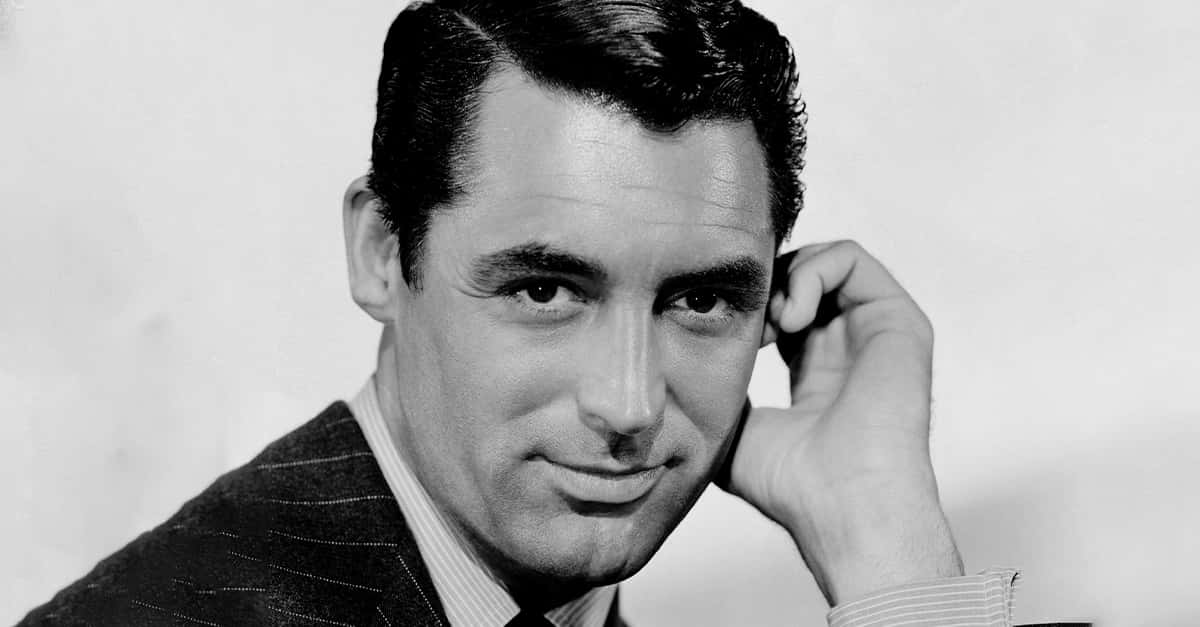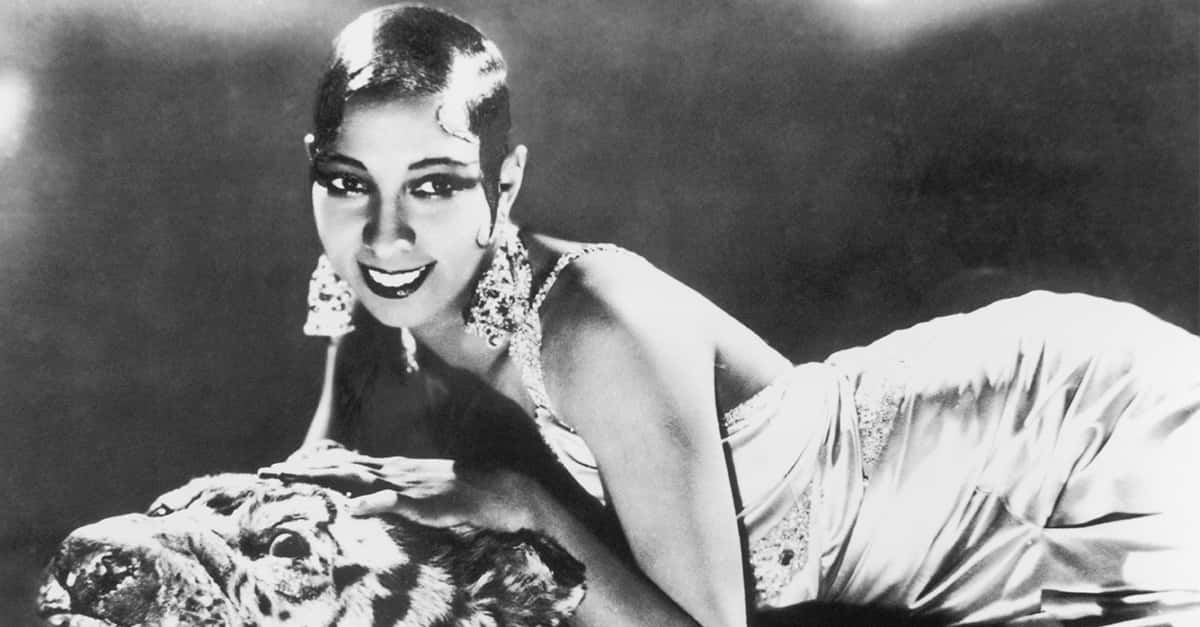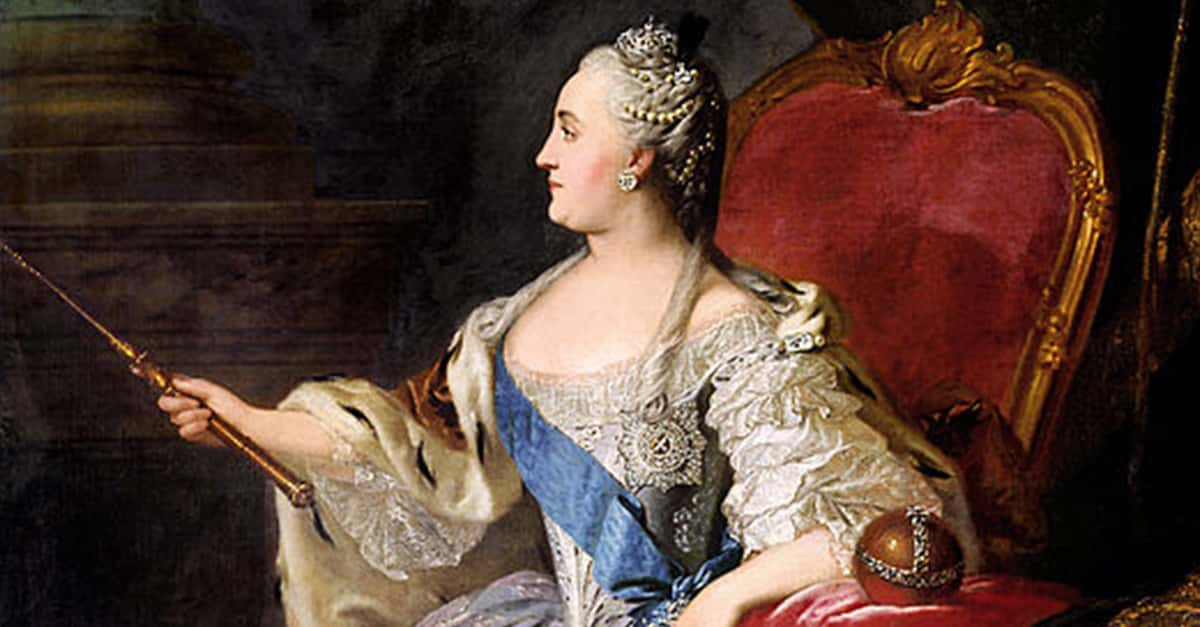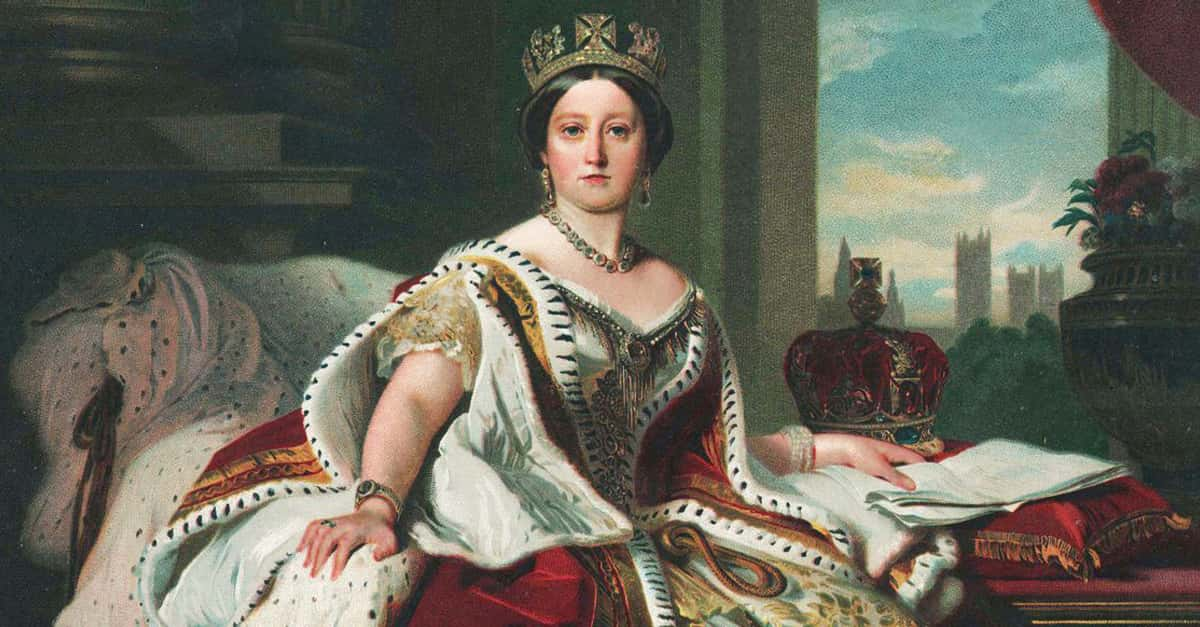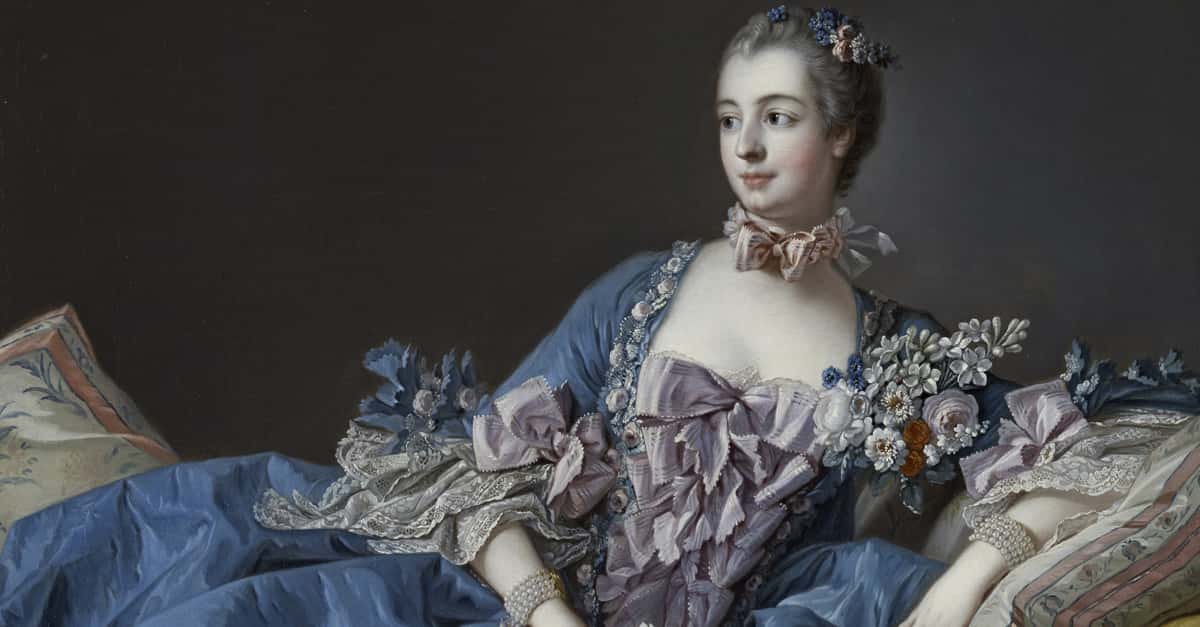Historical Fact And Historical Fiction
We have more access to reliable information than we’ve ever had, but historical myths still live on, even in 2025. Let’s look at some of the biggest moments in history that never really happened, and try to understand how the myths got started. You’ll probably recognize many of these incidents, but you may discover some new ones here too!
Claim: Witches Were Burned At The Stake At Salem
After a series of seizures and other unusual behavior by young people in New England in 1692, a wave of hysteria brought on a witch hunt. The ensuing Salem Witch Trials resulted in 20 people being condemned as witches and burned at the stake. But did these brutal punishments really happen?
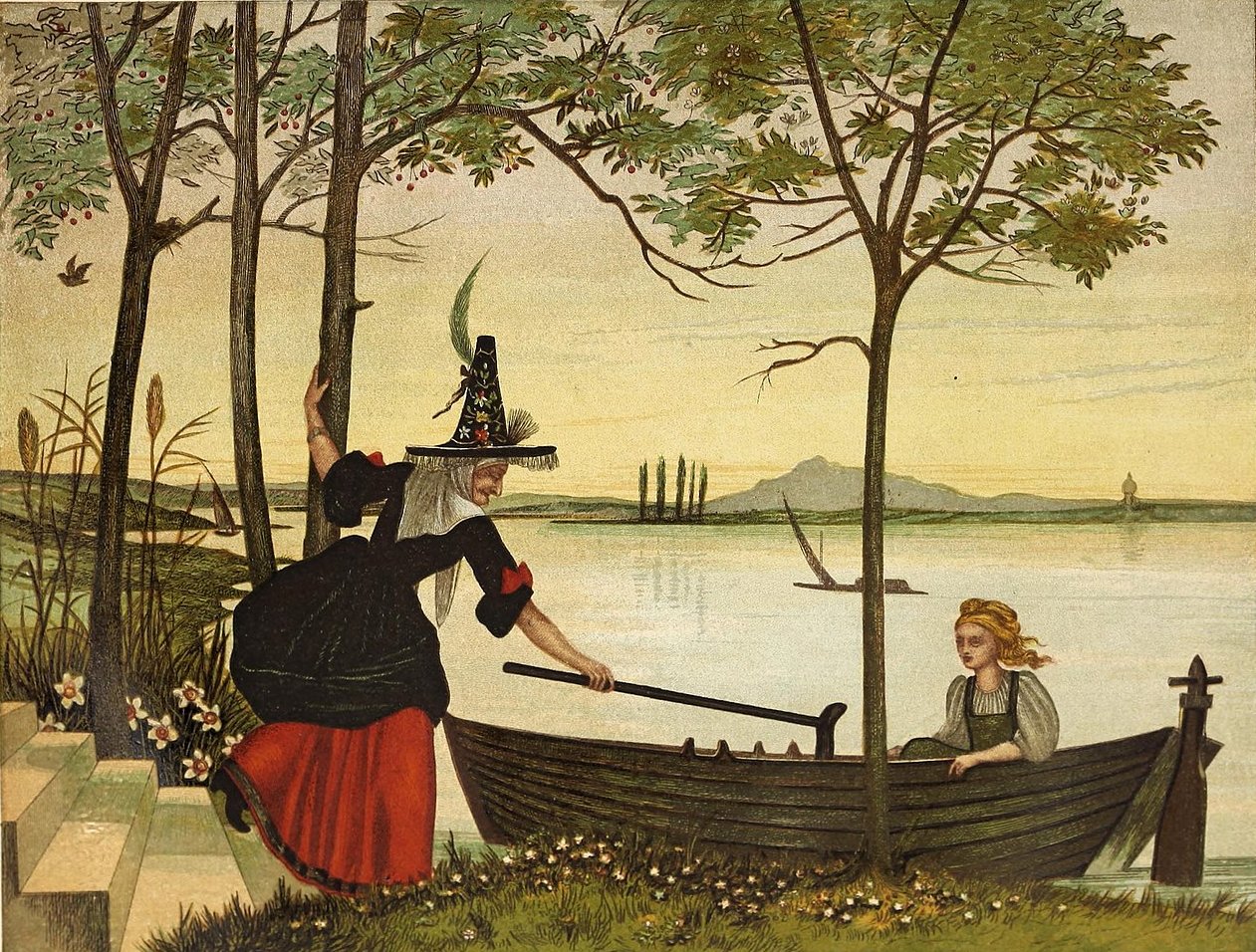 Eleanor Vere Boyle, Wikimedia Commons
Eleanor Vere Boyle, Wikimedia Commons
Reality: They Suffered A Slightly Better Fate
The guilty of Salem were hanged; not a much better fate, but at least more immediate. The idea that the witches were burned probably comes from Europe, where laws stipulated that malevolent witchcraft should be punished by fire.
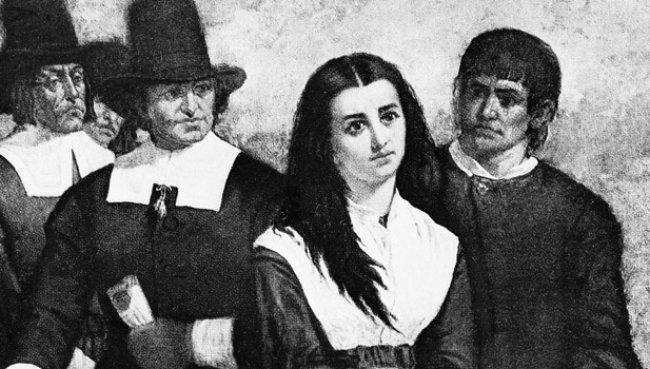 Thomas Satterwhite Noble, CC BY-SA 4.0, Wikimedia Commons
Thomas Satterwhite Noble, CC BY-SA 4.0, Wikimedia Commons
Claim: Galileo Dropped Two Spheres From The Leaning Tower Of Pisa
Galileo wanted to prove that objects fall at the same speed regardless of their mass. He went to the top of the Leaning Tower of Pisa and dropped two spheres of unequal size at the same time. When they landed at the exact same time, the elegant experiment proved his theory! Sounds great, but did it really happen?
 Justus Sustermans, Wikimedia Commons
Justus Sustermans, Wikimedia Commons
Reality: It Wouldn’t Have Worked
Though the famous astronomer and mathematician taught at the nearby university in Pisa, the consensus among scientists is that the experiment never happened, and that air resistance would have clouded the results anyway. Apparently, the experiment was just something that Galileo proposed as a thought experiment.
 Vyacheslav Argenberg, CC BY 4.0, Wikimedia Commons
Vyacheslav Argenberg, CC BY 4.0, Wikimedia Commons
Claim: Polish Cavalry Charged At German Tanks
As German forces swept across Poland in the early days of WWII, Polish cavalrymen charged head on at German tanks. The incident showed how outdated most armies were compared to the modern German technology and tactics. How could the horsemen be so foolish?
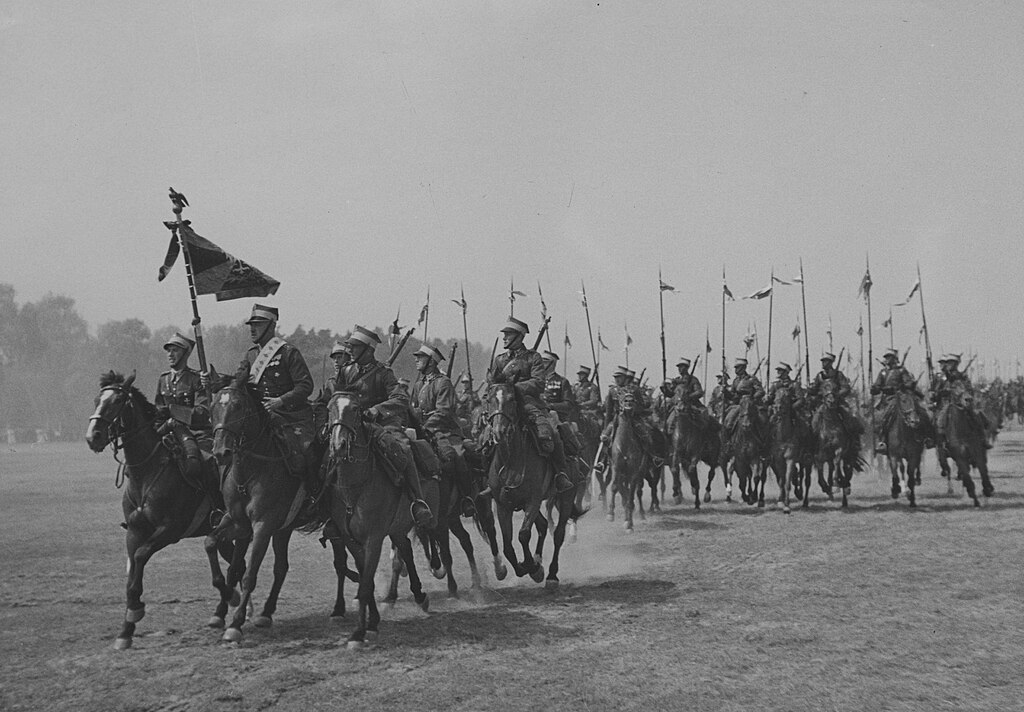 Witold Pikiel, Wikimedia Commons
Witold Pikiel, Wikimedia Commons
Reality: They Charged Against Men On Foot
Polish cavalry did make a successful charge against German infantry near the town of Krojanty, Poland on September 1, 1939. Although there were no tanks involved, German propaganda seized on the event to falsely show the lunkheadedness of the Polish army, and the mythical event has entered popular history.
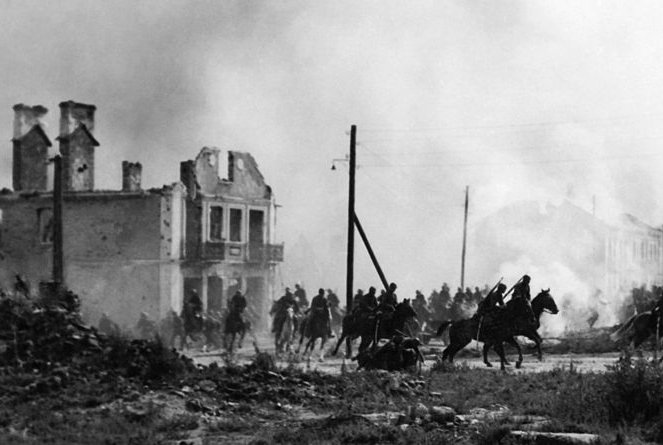 Unknown Artist, Wikimedia Commons
Unknown Artist, Wikimedia Commons
Claim: Einstein Flunked A Math Test
Albert Einstein, the genius who invented the Theory of Relativity, wasn’t very good at math, and even flunked an important math exam in high school! People were even bringing Einstein newspaper articles about his poor test scores until well into his days at Princeton University in the 1930s. What did Einstein have to say about all this?
 Ferdinand Schmutzer, Wikimedia Commons
Ferdinand Schmutzer, Wikimedia Commons
Reality: Einstein Knew Calculus By Age 15
Einstein himself confirmed that he’d mastered calculus before he was 15. The notion that he was a poor math student probably comes from a failed entrance exam he took for the Federal Polytechnic School in Zurich, Switzerland in 1895 when he was 16. But while he failed the sections of the test on biology and languages, he aced the math and physics sections.
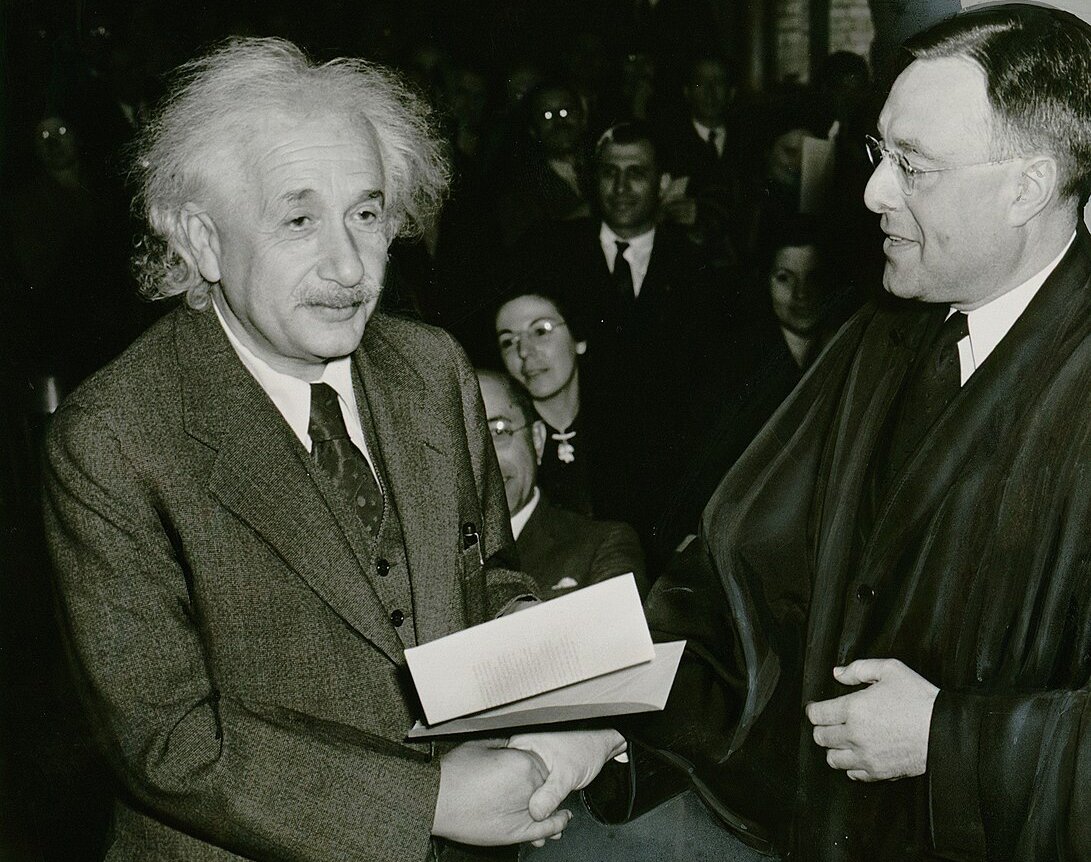 Unknown Artist, CC0, Wikimedia Commons
Unknown Artist, CC0, Wikimedia Commons

History's most fascinating stories and darkest secrets, delivered to your inbox daily.
Claim: Edison Invented The Light Bulb
We can all thank Thomas Edison for inventing the light bulb, and lifting us out of the days of oil lamps and candles. When we marvel at the hundreds of different kinds of light bulbs on the hardware store shelf, recognize that it all comes back to Thomas Edison—the man who gave us light! Wait a second…really?
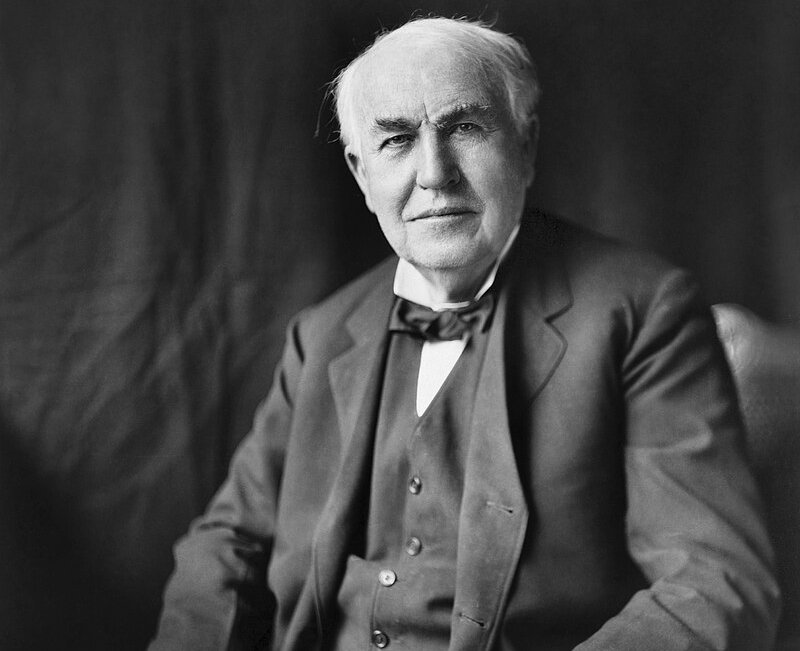 Louis Bachrach, Wikimedia Commons
Louis Bachrach, Wikimedia Commons
Reality: He Improved An Existing Model
No, Edison didn’t invent it. Numerous other scientists developed and patented light bulbs in the mid-1800s in England, France, Russia, and Canada; bulbs were already being used to light streets and buildings in Europe. However, Edison is credited with pushing through the first mass-produced long-lasting bulb, but he had to successfully withstand more than one patent lawsuit to do it.
 Lidija296, CC BY-SA 4.0, Wikimedia Commons
Lidija296, CC BY-SA 4.0, Wikimedia Commons
Claim: People Were Jumping Out Of The Windows On Wall Street
The Wall Street crash of October 1929 was the worst stock market crash in history. With their life savings wiped out, many investors took the most extreme measure of all, leaping from the windows of their Wall Street office buildings and taking their own lives. Are the stories true?
 Carlos Delgado, CC BY-SA 3.0, Wikimedia Commons
Carlos Delgado, CC BY-SA 3.0, Wikimedia Commons
Reality: There Were False News Reports
There were no suicides on Wall Street in the aftermath of the stock market crash. The rumors were based on false radio news reports and some false reports in British newspapers, but the reports were never confirmed. The myth was first disproven by economist John Kenneth Galbraith in his book The Great Crash, 1929 (1955).
 GoginkLobabi, CC BY-SA 4.0, Wikimedia Commons
GoginkLobabi, CC BY-SA 4.0, Wikimedia Commons
Claim: Orson Welles’ War Of The Worlds Caused Mass Panic
Orson Welles’ 1938 radio production “The War of the Worlds” was so realistic it caused the public to believe an invasion of Earth by extraterrestrials was underway. The result was mass hysteria, riots, and a rash of car accidents. The incident proves the power of the media on an overly suggestible listening public. Or does it?
 Getty Images, Wikimedia Commons
Getty Images, Wikimedia Commons
Reality: Few Were Even Listening
Information from ratings agencies showed that only two percent of listeners were tuned to “The War of the Worlds" that evening. While there were a few scattered phone calls from listeners asking if the reports of an alien invasion depicted in the show were true, there were no recorded incidents of mass panic. The newspapers reported these few incidents for days afterward, exaggerating the scale of the “crisis”.
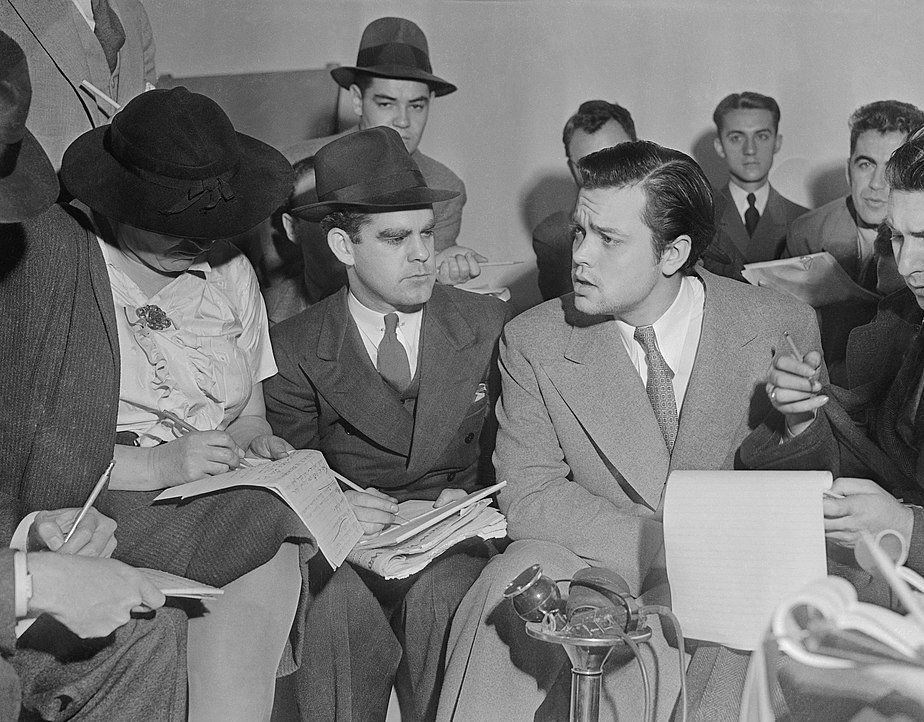 Acme News Photos, Wikimedia Commons
Acme News Photos, Wikimedia Commons
Claim: Napoleon Shot The Nose Off The Sphinx
During Napoleon’s campaign in Egypt, he gave approval to his men to use the famous Egyptian Sphinx for target practice. The French army men scored a direct hit, blowing the nose off the Sphinx with a cannon ball. Why would Napoleon approve this? Did he approve this?
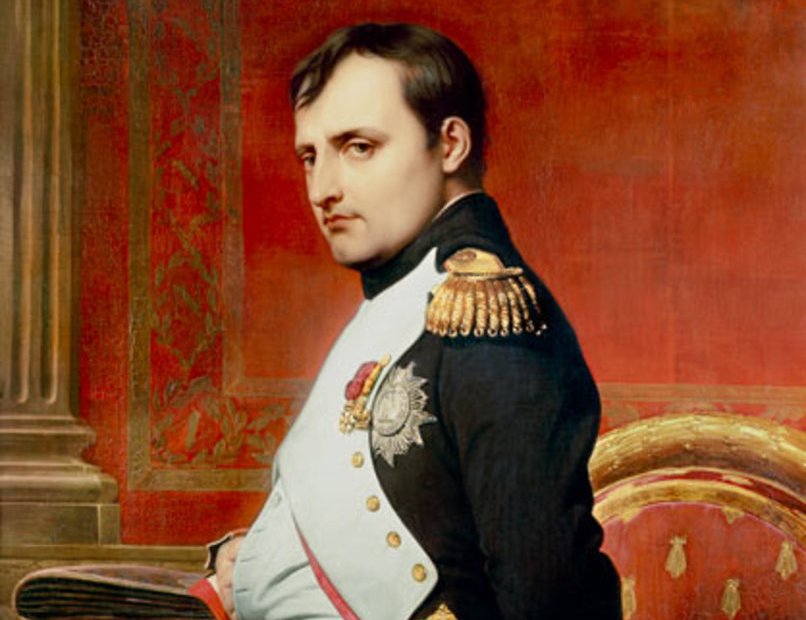 Paul Delaroche, Wikimedia Commons
Paul Delaroche, Wikimedia Commons
Reality: The Nose Was Already Long Gone
Artworks done prior to the time of Napoleon already show the nose missing from the Sphinx. But how and when was it removed? A local historian wrote that a Muslim imam had the nose destroyed way back in the 14th century to punish peasants for making offerings to the Sphinx. While it’s impossible to confirm the story, it’s clear the nose was long gone before Napoleon came on the scene.
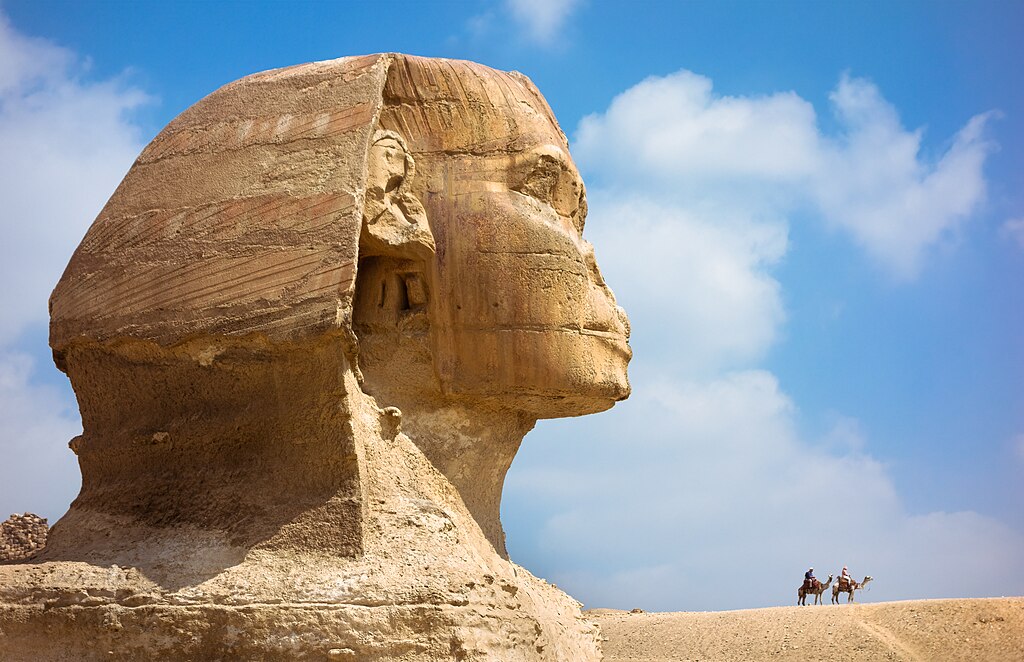 Petar Milošević, CC BY-SA 4.0, Wikimedia Commons
Petar Milošević, CC BY-SA 4.0, Wikimedia Commons
Claim: Justinian Blinded Belisarius
Byzantine emperor Justinian, enraged at the betrayals by his top general Belisarius, had the general taken out and blinded. The great general, once one of the most powerful men in the empire, ended his days begging in the streets as a blind vagabond. How could this happen? Did it happen?
 Meister von San Vitale, Wikimedia Commons
Meister von San Vitale, Wikimedia Commons
Reality: He Lived Comfortably
Though Justinian did have Belisarius committed to house arrest for treason, there is no record of the general being blinded. Justinian pardoned Belisarius a short time later and restored to the general all his honors. Belisarius lived out his days at his estate on the Asian side of what is now Istanbul. The story of his blinding arose centuries later and has been popularized in paintings and novels.
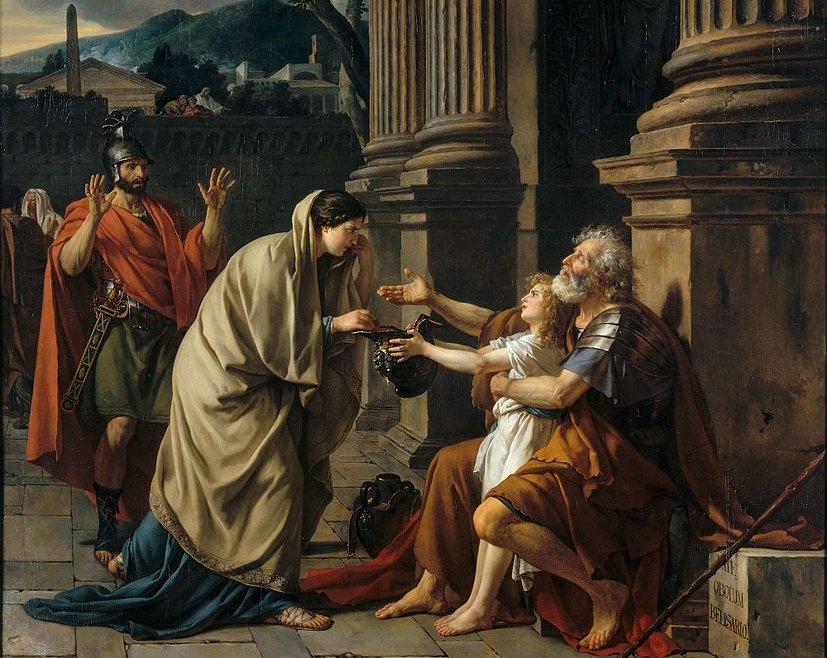 Jacques-Louis David, Wikimedia Commons
Jacques-Louis David, Wikimedia Commons
Claim: Religious Fanatics Destroyed The Collections Of The Library Of Alexandria
A mob of Christian zealots destroyed the irreplaceable collection of the Library of Alexandria. The loss of this priceless repository of knowledge is a warning about the destructiveness of religious fanaticism. What happened to the famous Library of Alexandria?
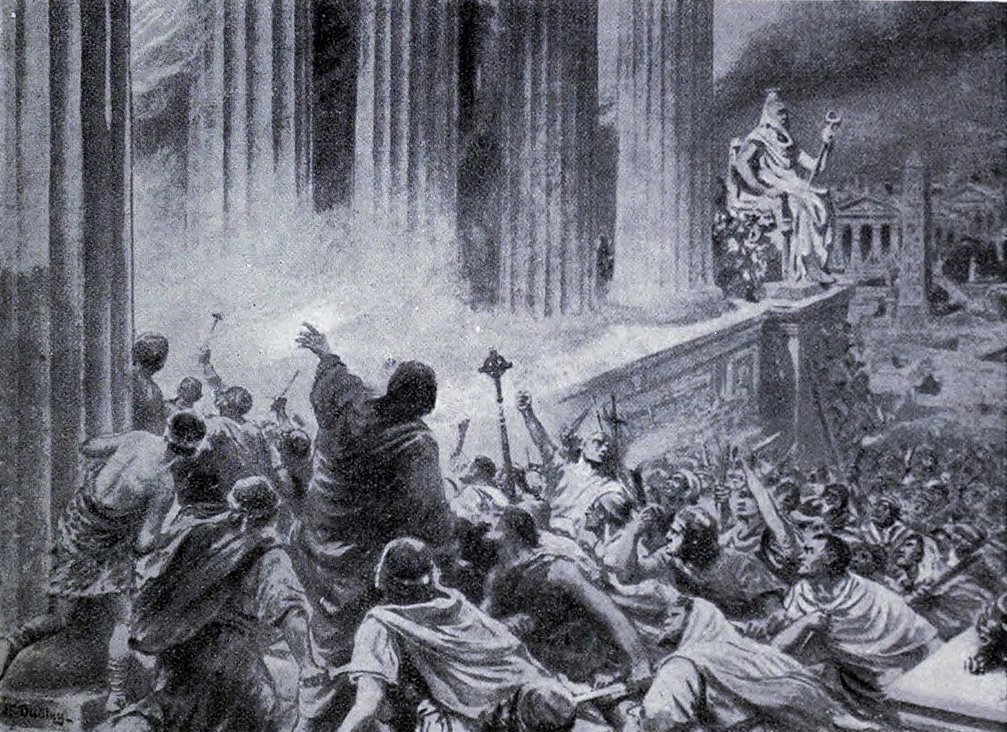 Ambrose Dudley, Wikimedia Commons
Ambrose Dudley, Wikimedia Commons
Reality: Its Best Days Were Already Behind It
While a religious mob chased and slew the philosopher Hypatia in the streets of Alexandria in 415, the library itself was long in a state of disrepair by then. The library was badly damaged centuries earlier during the time of Julius Caesar, and portions of its collection had already been parcelled out to other libraries. The story of mobs ransacking the library was popularized in the Carl Sagan TV series Cosmos (1980).
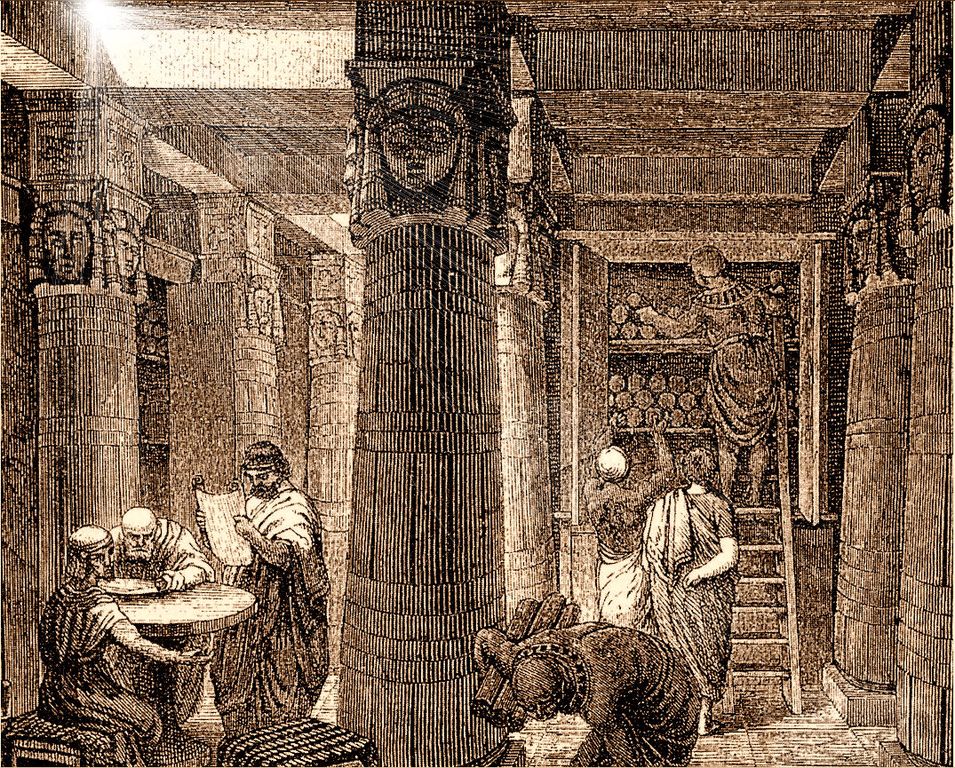 Wikimedia, CC BY-SA 4.0, Wikimedia Commons
Wikimedia, CC BY-SA 4.0, Wikimedia Commons
Claim: Cortés Burned His Ships
The Spanish conquistador Hernán Cortés burned all his ships on the shore at Veracruz, Mexico. This act showed his men there would be no turning back; they must go forward and conquer the Aztecs—or die trying. Did Cortés burn his ships, and if so, why?
 Royal Academy of Fine Arts of San Fernando, Wikimedia Commons
Royal Academy of Fine Arts of San Fernando, Wikimedia Commons
Reality: He Had Holes Drilled In Them
The idea of “burning the boats” has become a popular phrase in self-help and motivation courses; however, most historians now agree that Cortés didn’t burn his ships but sank them after removing all their valuables. Cortés knew some of his men were disloyal and wanted to return to Cuba, so he left the shirkers no choice but to come with him.
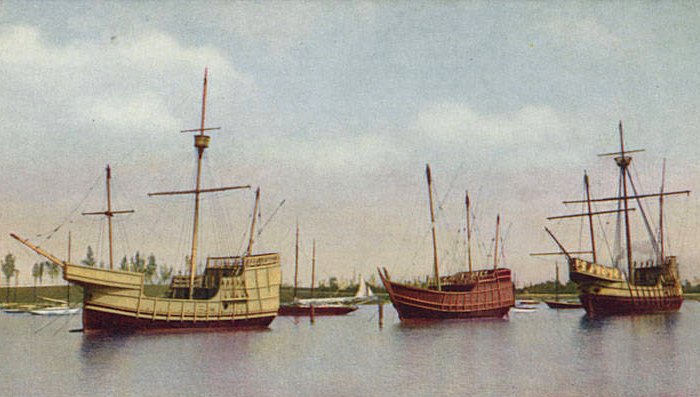 Unknown Artist, Wikimedia Commons
Unknown Artist, Wikimedia Commons
Claim: Washington Chopped Down The Cherry Tree
When George Washington was a boy, he chopped down a cherry tree with his hatchet. When his dad questioned him about it, he answered, “I cannot tell a lie. I chopped down the cherry tree”. That day, Washington proved the value of honesty and coming clean when you’ve done wrong. Did this incident really happen?
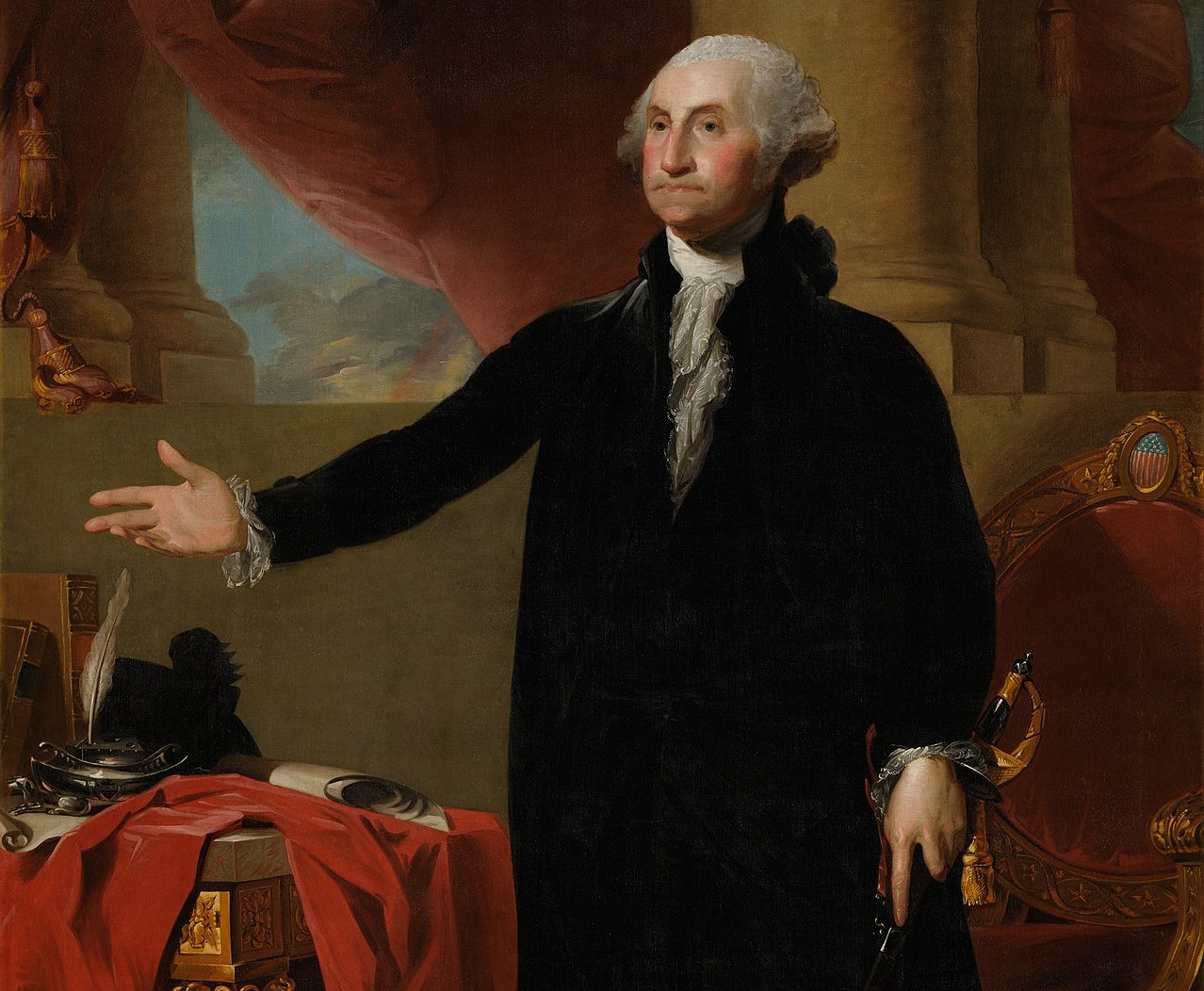 Gilbert Stuart, Wikimedia Commons
Gilbert Stuart, Wikimedia Commons
Reality: They Wanted To Teach A Lesson
The story of the cherry tree comes from Washington biographer Mason Locke Weems. A Christian preacher, Weems wanted his story of Washington to teach moral lessons to young readers. Weems didn’t seem to have qualms about fabricating entire incidents to get his point across. Though there is no evidence for the cherry tree story, most historians agree that Washington had great integrity among other important leadership qualities.
 ThePhilosopherAccount, CC BY-SA 4.0, Wikimedia Commons
ThePhilosopherAccount, CC BY-SA 4.0, Wikimedia Commons
Claim: Benjamin Franklin Demanded The Turkey As A National Symbol
In the early days of United States independence, most of the Founders wanted to adopt the bald eagle as a soaring symbol of the new nation’s freedom. Benjamin Franklin thought otherwise and demanded the turkey be used instead. Most people regard the turkey as a bird to carve up and eat, which is not how the Founders wanted people to view the United States. They wisely overruled Franklin’s idea. What was Franklin thinking?
 Joseph-Siffred Duplessis, Wikimedia Commons
Joseph-Siffred Duplessis, Wikimedia Commons
Reality: Franklin Only Wrote About It In A Letter
Franklin’s thoughts on the turkey as national bird were found in a letter addressed to his daughter in which he mused on the undesirable qualities of eagles compared to the more respectable turkey. Whether or not Franklin was being serious, there is no evidence that he ever publicly advocated for the adoption of the turkey as US national symbol.
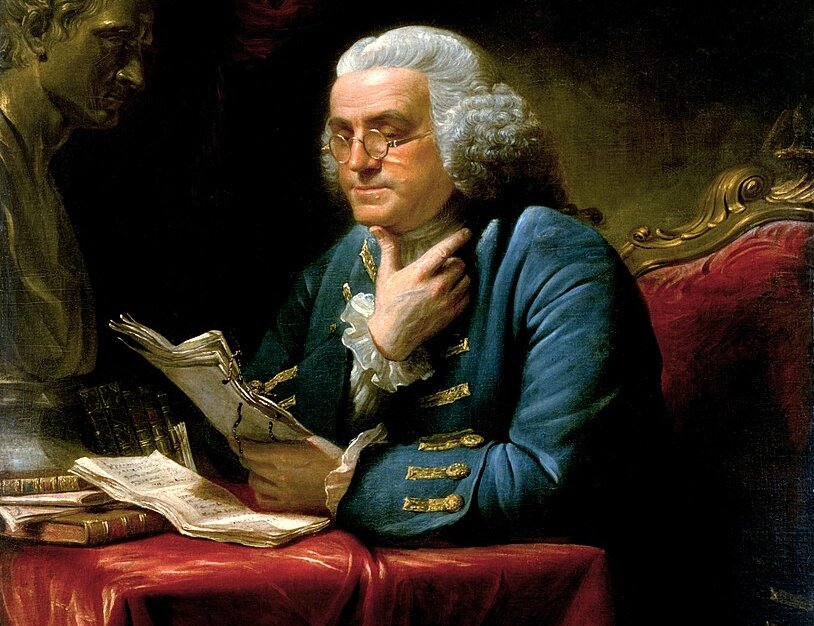 David Martin, Wikimedia Commons
David Martin, Wikimedia Commons
Claim: Thomas Crapper Invented The Toilet
The aptly named Sir Thomas Crapper invented the first flush toilet. He even received a knighthood for his efforts! Honestly, there are probably just as many people who think Crapper never existed at all, and that the name is just a joke. Was there really a Thomas Crapper? Who was this guy, and what exactly did he do?
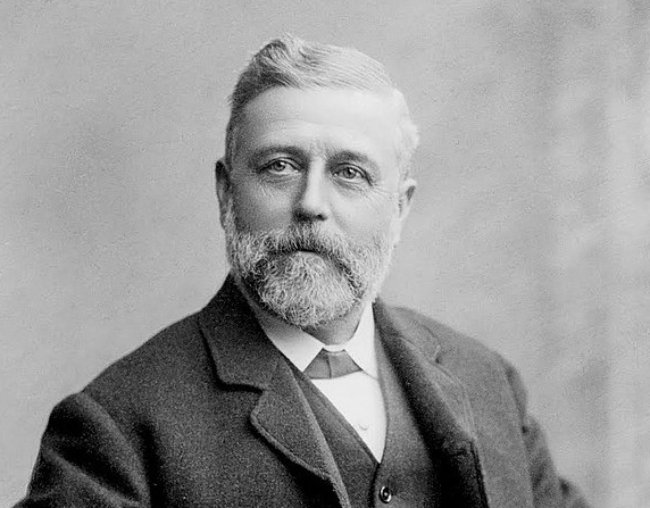 Unknown Artist, Wikimedia Commons
Unknown Artist, Wikimedia Commons
Reality: He Added Some Useful Features
Thomas Crapper was a plumber born in Yorkshire, England in 1836. Flush toilets had already been invented by Scotsman Alexander Cumming back in 1775. However, Crapper made two useful contributions still in wide use in bathrooms today: the U-bend trap, and the floating ball valve inside the toilet tank. And no, Thomas was never made a knight of the Realm.
Claim: Abner Doubleday Invented Baseball
The great American game of baseball was invented by Abner Doubleday, who in 1839 laid out the rules in the first game ever played, in Cooperstown, New York. Doubleday later found fame as a general in the US Civil War, but will always be known as the father of the game. Did Abner invent baseball?
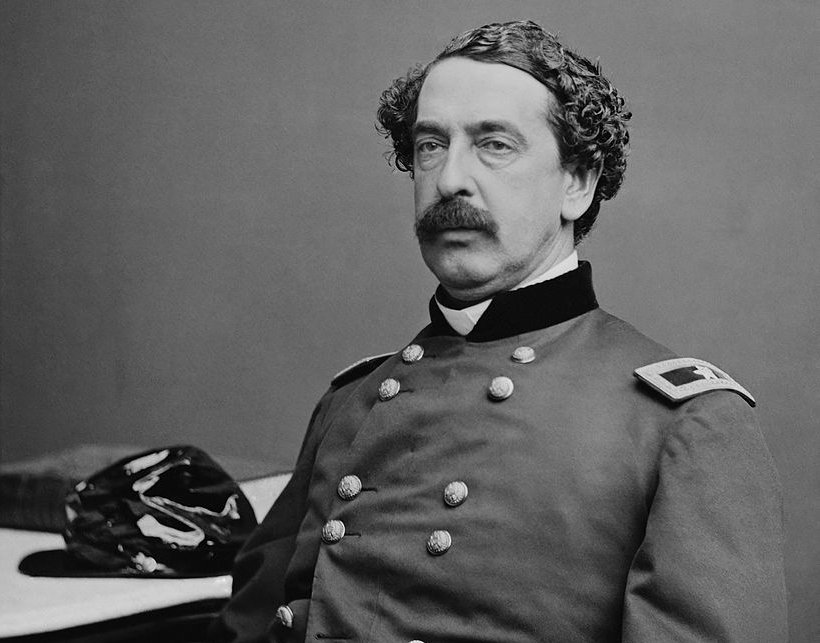 Sonny Johnson-Borja, Wikimedia Commons
Sonny Johnson-Borja, Wikimedia Commons
Reality: Doubleday Was Busy
Records show that Doubleday was away at West Point Military Academy during 1839. There is no official record of the Doubleday game, nor do Doubleday’s personal writings make any mention of baseball. The myth arose from a letter of recommendation written by a friend to a commission trying to give official credit for the game’s invention. Most people today think baseball evolved from older English games like cricket and rounders.
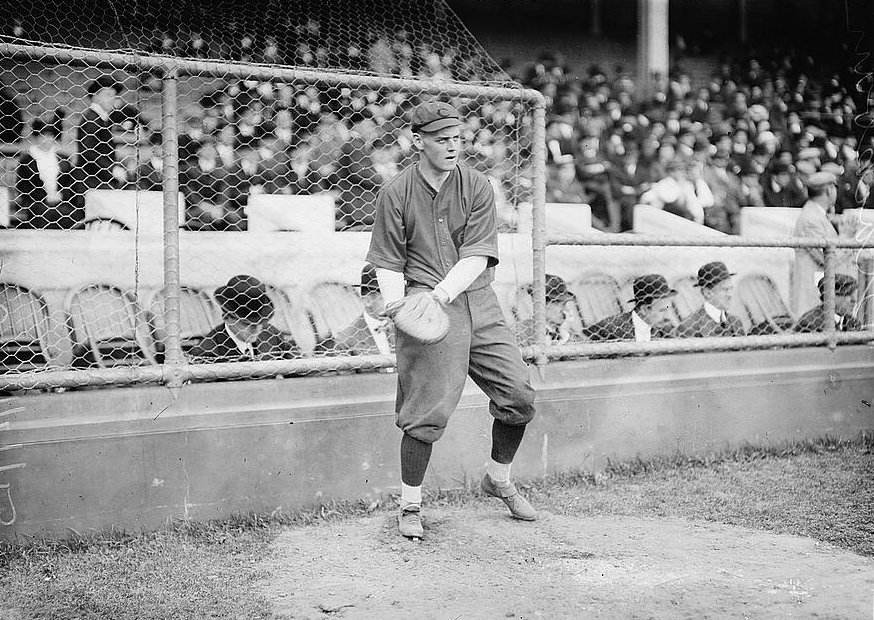 Bain News Service, Wikimedia Commons
Bain News Service, Wikimedia Commons
Claim: Columbus Discovered The World Is Round
Christopher Columbus proved that Planet Earth was round when he discovered America in 1492. In doing so, Columbus lifted the veil of ignorance from an unenlightened public who still clung to the notion that the world is flat. Did they really worry about sailing off the edge of the earth?
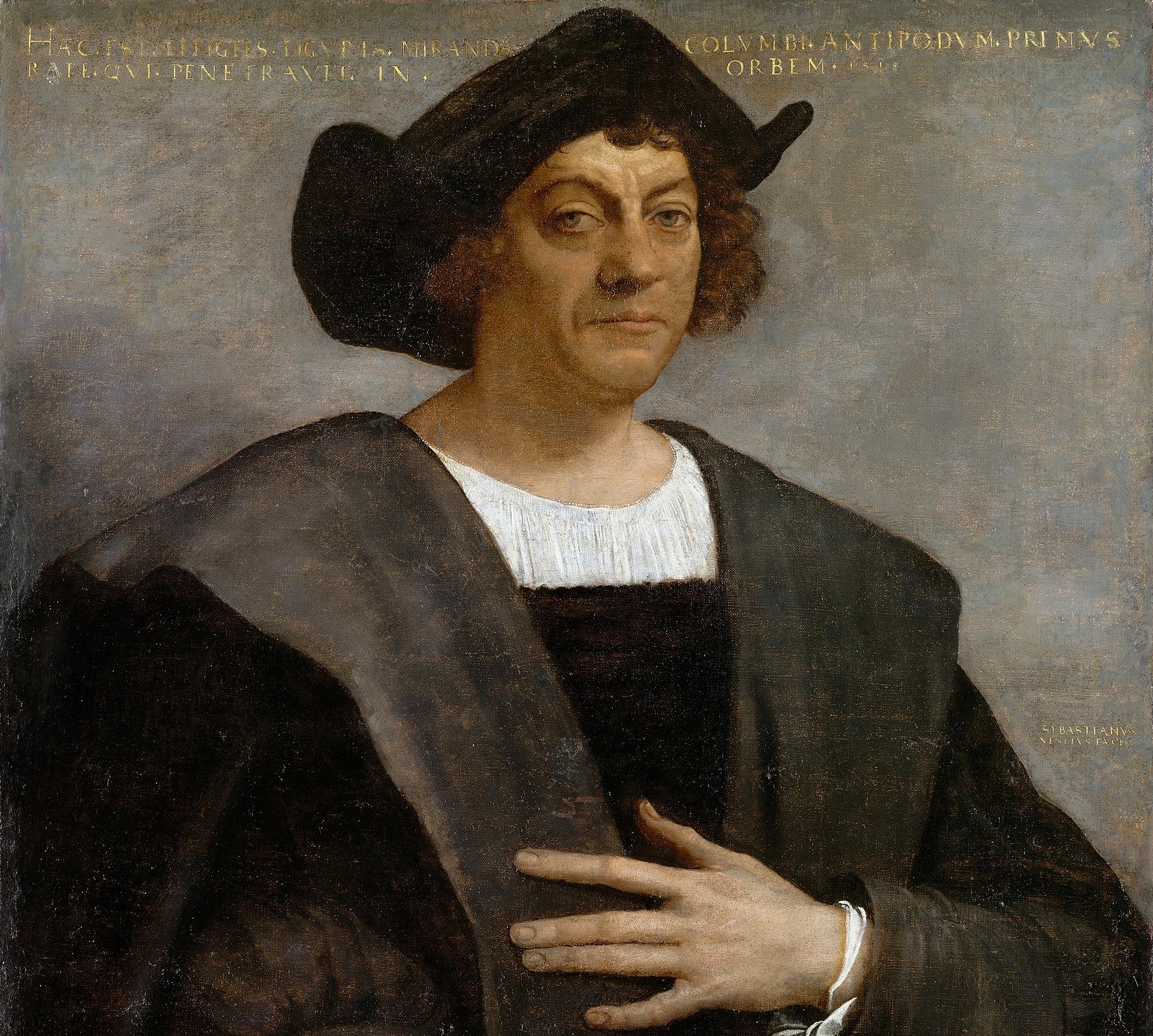 Sebastiano del Piombo, Wikimedia Commons
Sebastiano del Piombo, Wikimedia Commons
Reality: There Weren’t Many Flat Earthers Then
Calculations by ancient Greek philosophers had already demonstrated that Earth is a sphere. Most people had come to believe that the earth was round long before the time of Columbus. The idea that Columbus proved the earth is round most likely comes from a biography of him by Washington Irving. The popular author of stories like The Legend of Sleepy Hollow, Irving was influential in spreading the Columbus legend.
 Towarzysz Przewodniczący, CC BY-SA 4.0, Wikimedia Commons
Towarzysz Przewodniczący, CC BY-SA 4.0, Wikimedia Commons
Claim: A Horse Became A Roman Senator
The Roman Emperor Caligula nominated his horse Incitatus to the Senate. The insane emperor gave the horse all the same rights and responsibilities as a human senator, demonstrating the dangers of absolutist rule by a power-obsessed madman. But was a horse really named to the Roman Senate?
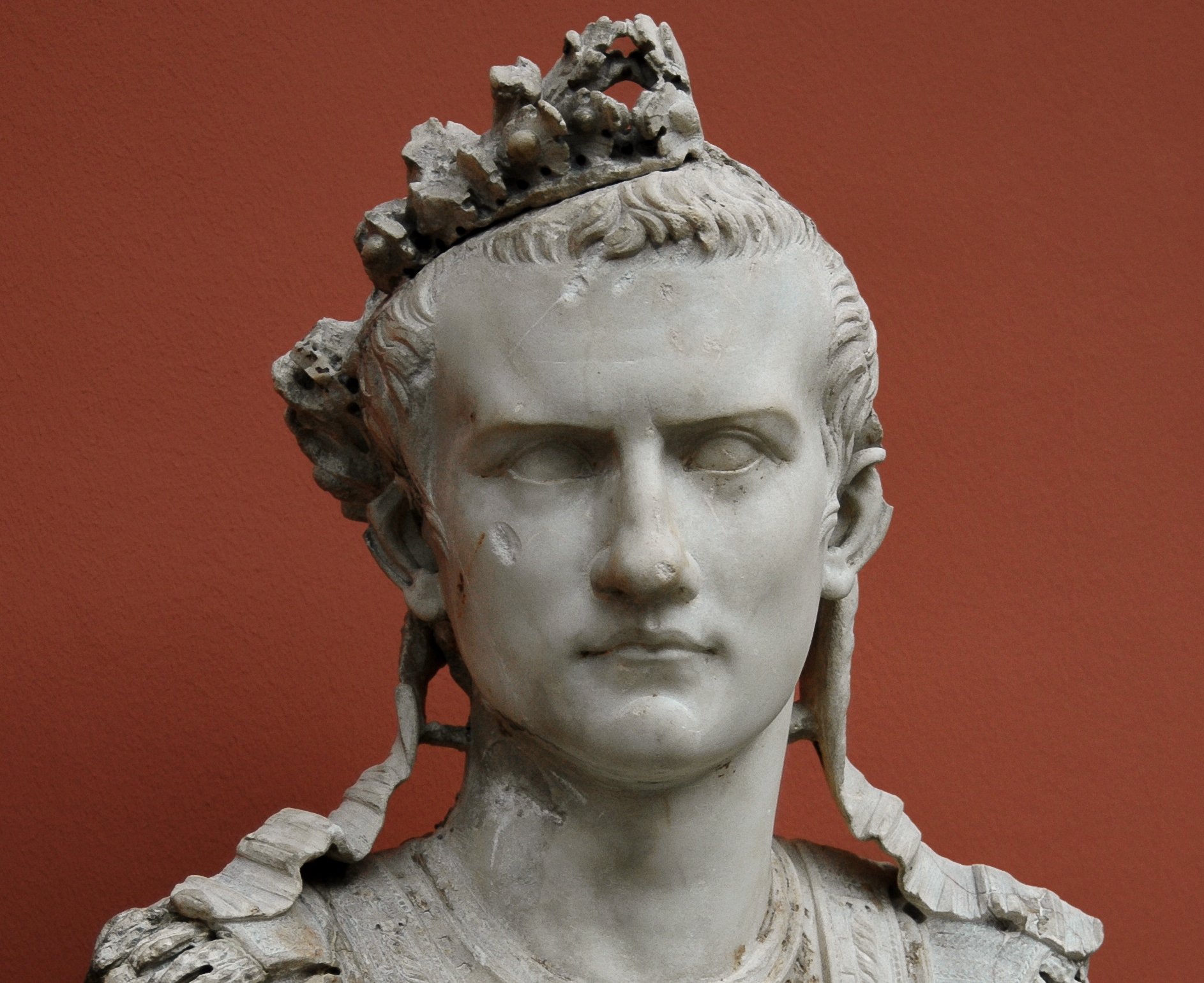 Sergey Sosnovskiy, CC BY-SA 2.0, Wikimedia Commons
Sergey Sosnovskiy, CC BY-SA 2.0, Wikimedia Commons
Reality: The Story Doesn’t Get Out Of The Gate
There is no record of Caligula officially anointing Incitatus as consul or senator. It’s true that Roman historians Suetonius and Cassius Dio both wrote that Caligula said he would make his horse a consul (the highest-ranking public official in ancient Rome), but most modern historians agree that Caligula was just making a joke to the effect that anybody could do the job of a Roman senator.
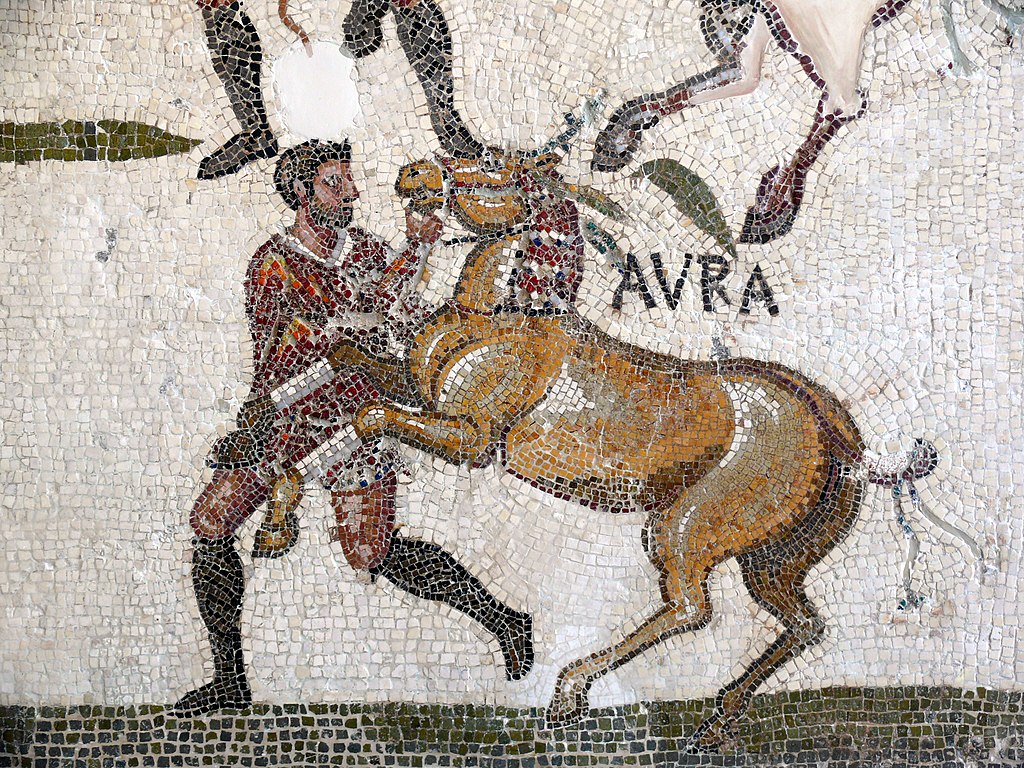 Ad Meskens, CC BY-SA 3.0, Wikimedia Commons
Ad Meskens, CC BY-SA 3.0, Wikimedia Commons
Claim: The Thumbs Up Spares The Life Of A Gladiator
At the end of a fight in the arena, defeated gladiators waited for a hand signal from the emperor or crowd. A thumbs down meant doom for the defeated, but a thumbs up signal meant the gladiator’s life would be spared. What do the experts say on this matter?
Reality: There’s No Agreement
Experts still disagree on what the different Roman hand gestures signified. The Roman historian Juvenal wrote that the thumbs down signal meant “sword down” and the combatant would be spared. A thumbs up meant the gladiator would be terminated. Other experts say that a thumb clenched inside the fist was a signal to spare the gladiator’s life, and that no thumbs up signal existed. We’ll probably never know for sure.
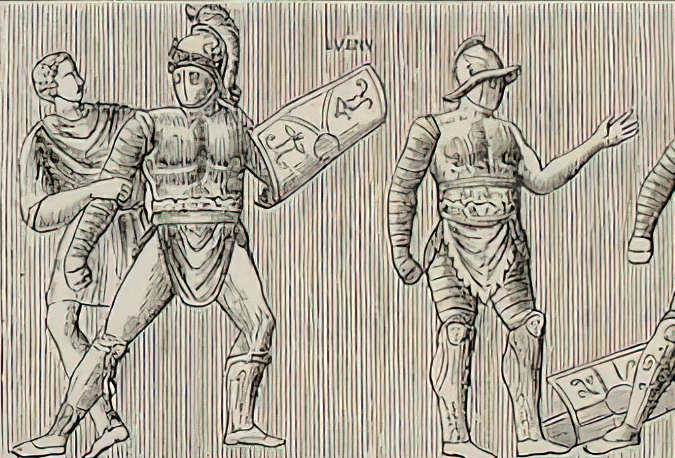 Johannes Overbeck, August Mau, Wikimedia Commons
Johannes Overbeck, August Mau, Wikimedia Commons
Claim: Nero Fiddled While Rome Burned
While Rome was burning to ashes in 64 AD, Emperor Nero was at his mansion playing the fiddle. You may have come across this fact before and known that it’s false because fiddles didn’t exist in Roman times. But where did the myth come from, and what was Nero really doing during the Great Fire of Rome?
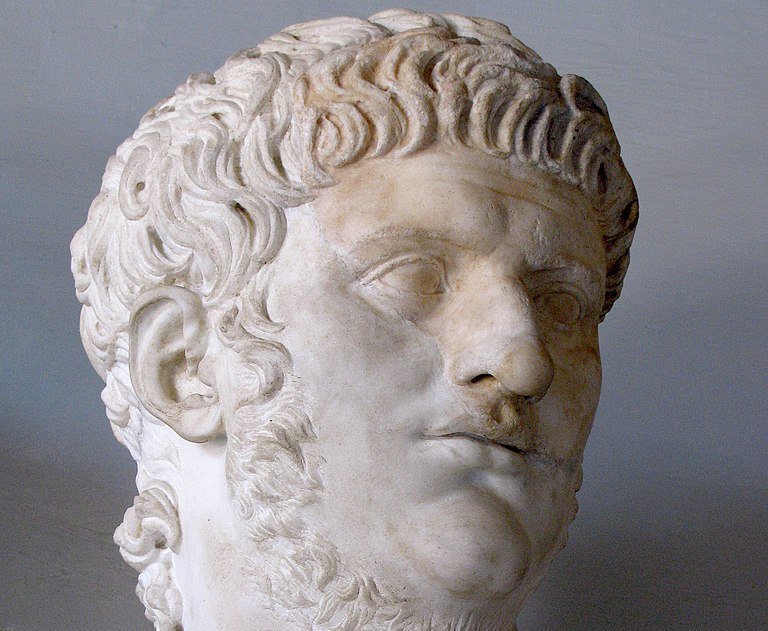 cjh1452000, CC BY-SA 3.0, Wikimedia Commons
cjh1452000, CC BY-SA 3.0, Wikimedia Commons
Reality: He Didn’t Let A Disaster Go To Waste
Roman historians of the day gave differing accounts of Nero’s actions during the fire. Some accused him of singing in stage costume while the fire burned; others such as Tacitus said Nero organized relief efforts for the city. In the fire’s aftermath Nero launched reprisals against Rome’s Christian population and had much of the city rebuilt to his preferred design. These outcomes fed rumors that Nero had secretly ordered the fire set himself.
 FeaturedPics, CC BY-SA 4.0, Wikimedia Commons
FeaturedPics, CC BY-SA 4.0, Wikimedia Commons
The Value Of Historical Myths
While it may feel satisfying to “debunk” false facts, it’s worth recognizing that some of these old myths were told in order to teach a valuable lesson. Others were contrived simply to make dry events sound more entertaining. Whatever the case, separating facts from nonsense is a great way to learn more about the past, and make us a little more critical about the information we read in our own time.
You May Also Like:
Bizarre Historical Facts They Didn't Teach You in School
Historical Figures Who Lived Up To Their Nicknames
The Weirdest Moments In Military History
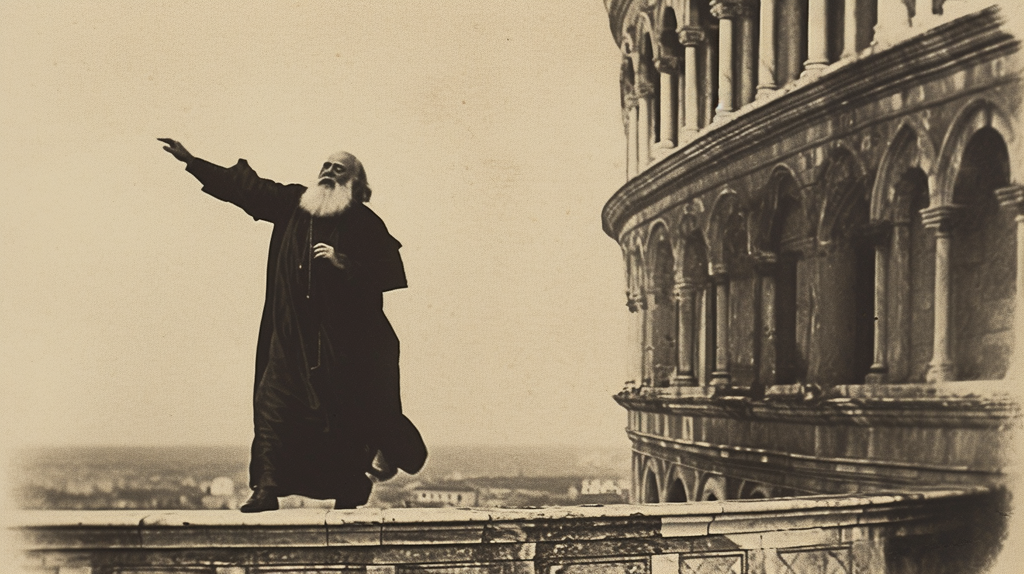 Vladimir Mukhanov, CC BY 4.0, Wikimedia Commons
Vladimir Mukhanov, CC BY 4.0, Wikimedia Commons
Sources: 1, 2, 3, 4, 5, 6, 7, 8, 9, 10, 11, 12, 13, 14, 15, 16, 17, 18, 19, 20, 21, 22, 23, 24, 25, 26, 27, 28






